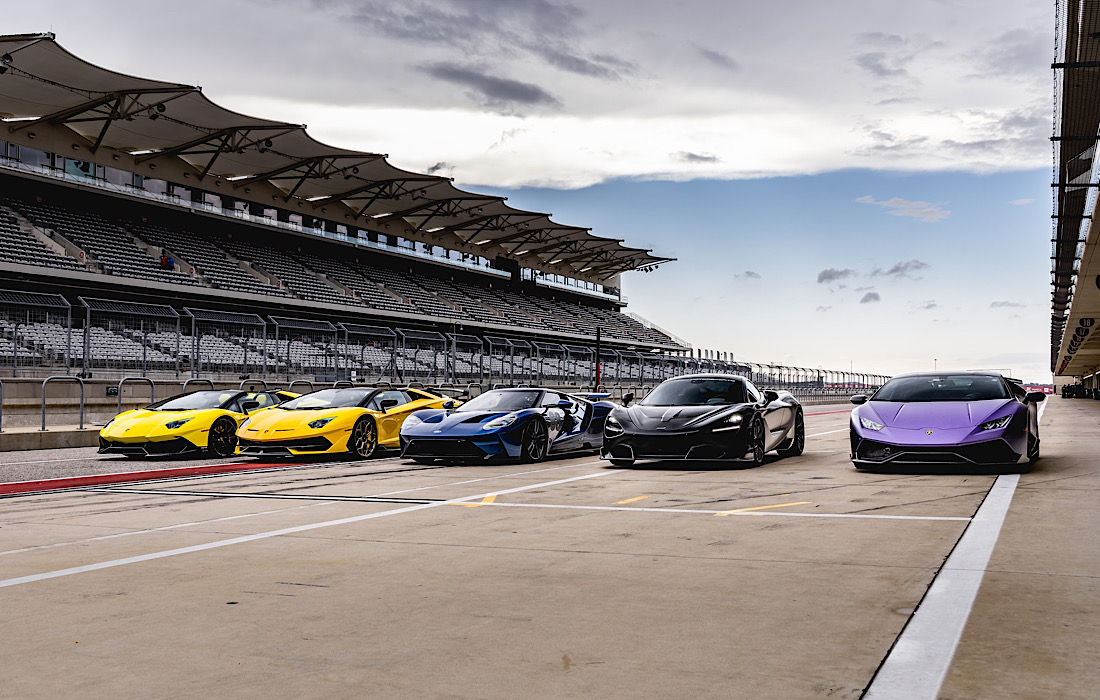Top Gear is a long-running British television series that has become a global phenomenon. The show has entertained audiences with its unique blend of informative car reviews, celebrity interviews, and outrageous challenges since its inception in 1977. Originally focusing solely on reviewing new cars, Top Gear has transformed over the years into a brand that is not only about cars but also about the personalities that present the show. With its rich history and ever-evolving format, Top Gear has become one of the most beloved and influential automotive programs of all time.
Top Gear traces its origins back to a regional BBC program called “Wheelbase.” Premiering in 1977, “Wheelbase” was a 30-minute show that featured in-depth car reviews and motoring news. It quickly gained popularity among car enthusiasts and caught the attention of the BBC executives. The network decided to revamp the show and give it a wider appeal, leading to the birth of the iconic Top Gear in 1978.
The early years of Top Gear were hosted by Angela Rippon, Tom Coyne, and Barrie Gill. The trio brought a fresh and engaging approach to car reviews, focusing on the driving experience and the emotions associated with different vehicles. Their charismatic on-screen presence resonated with the audience, and Top Gear soon became a staple in British households, avidly watched by millions.
However, it was not until 1988 that Top Gear underwent a significant change that would shape its future. Jeremy Clarkson, a renowned motoring journalist, joined the show as a presenter. Clarkson’s bold and often controversial opinions quickly made him a fan favorite and attracted a new generation of viewers to Top Gear. His chemistry with co-presenters Richard Hammond and James May became the heart of the show, spearheading its meteoric rise in popularity.
One of the hallmarks of Top Gear is its ability to create viral moments that captivate audiences worldwide. The show is famous for its ambitious and often absurd challenges, pushing cars to their limits in unconventional scenarios. From racing across continents in beat-up cars to turning ordinary vehicles into amphibious machines, Top Gear has always pushed the boundaries of what car entertainment can be. These challenges have become a staple of the show and have helped cultivate its distinctive identity.
In addition to the challenges, Top Gear has also revolutionized the way car reviews are presented on television. With its stunning cinematography and jaw-dropping visuals, the show transforms even the most mundane car journeys into captivating adventures. From breathtaking road trips through picturesque landscapes to adrenaline-pumping track tests, Top Gear has mastered the art of combining informative content with entertainment, making it a must-watch for both car enthusiasts and casual viewers alike.
Throughout its history, Top Gear has faced its fair share of controversies and challenges. In 2015, Jeremy Clarkson was involved in a highly publicized altercation with a producer, leading to his departure from the show. Many speculated that this incident would mark the end of Top Gear as we knew it. However, the BBC made the bold decision to rebuild the show with new hosts, Chris Evans and Matt LeBlanc, alongside the remaining presenter, Chris Harris.
Despite initial skepticism, the revamped Top Gear managed to find its footing and maintain a solid viewership. However, it was not until 2016, when the BBC appointed a new lineup consisting of Chris Harris, Rory Reid, and Eddie Jordan, that the show truly came into its own again. The trio’s chemistry, knowledge, and passion for cars reignited the spirit of Top Gear and attracted a younger and broader audience.
Today, Top Gear continues to thrive as a global brand. Its reach extends far beyond the television screen, with spin-off series, live shows, and merchandise fueling the passion of car enthusiasts worldwide. The show has become a cultural phenomenon that transcends borders, captivating audiences across continents. With each passing season, Top Gear evolves, adapting to the ever-changing landscape of the automotive industry and continuing to set the benchmark for car entertainment.
